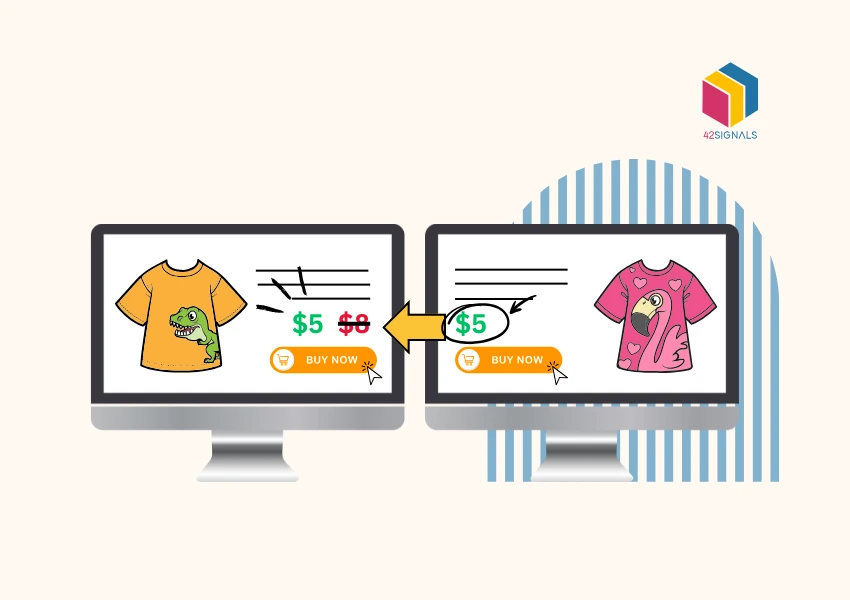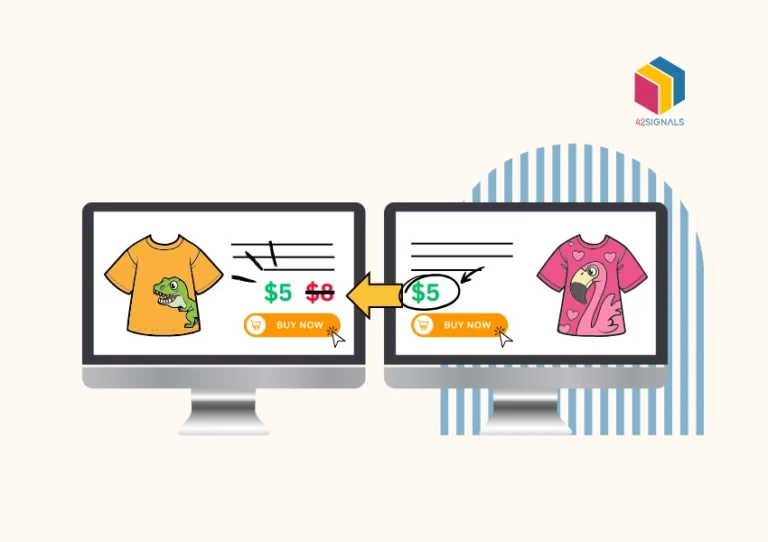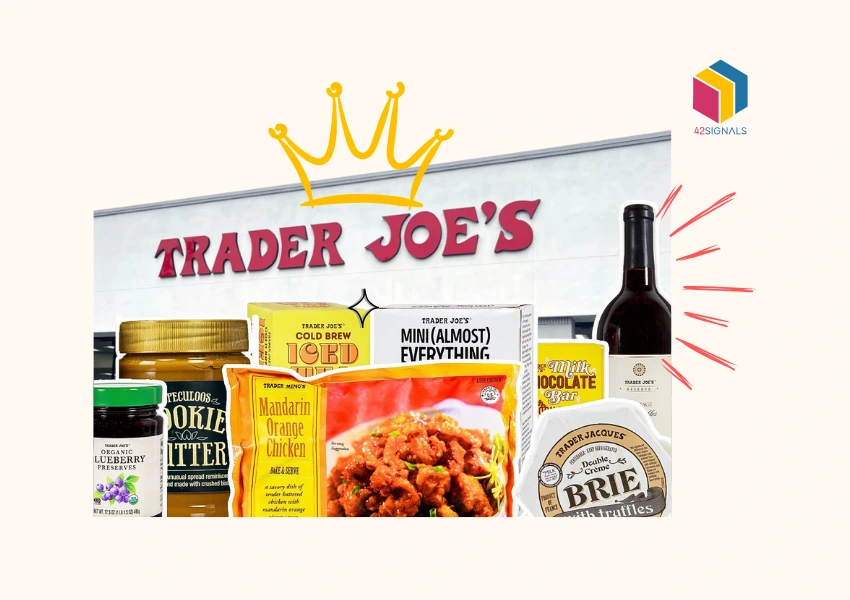Let’s cut to the chase: price matching is a double-edged sword. On one hand, it’s a magnet for bargain-hungry shoppers. On the other, it can gut your profits if you’re not careful. But here’s the thing—smart retailers aren’t just slashing prices blindly. They’re using tools like competitor price tracking, margin protection hacks, and digital shelf analytics to stay competitive without turning their margins into roadkill.
Let’s break down how you can do the same.
What Does “Price Matching” Even Mean? (And Why Retailers Hate Loving It)
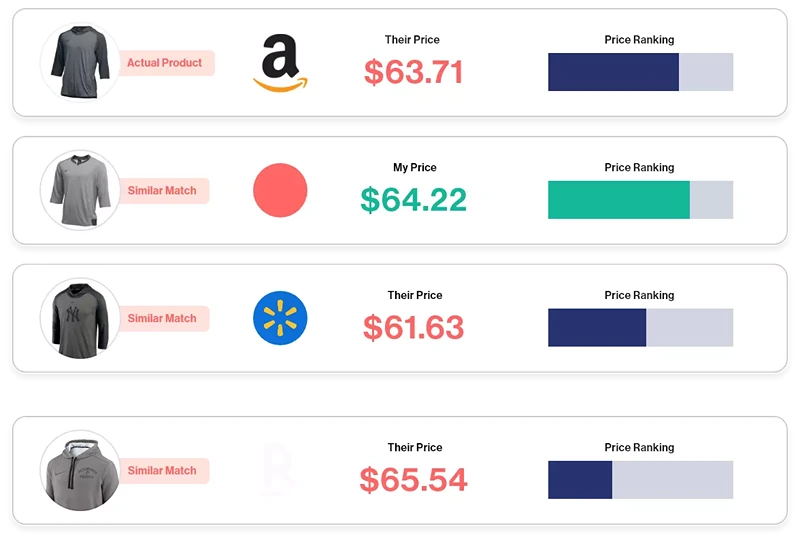
When stores promise to “price match,” they are saying, “If you find this toaster cheaper elsewhere, we’ll sell it to you at that price.” Simple, right? But the price match meaning goes deeper. It’s a psychological play to win customer trust.
Think about it: shoppers are tired of playing “Where’s Waldo?” with deals. By guaranteeing the lowest price, you’re telling them, “Stay here. We’ve got you.”
But here’s the catch—price matching can backfire. Let’s say Competitor X starts a fire sale on TVs. If you match them, you might sell more TVs… but at a loss. Suddenly, your margin looks like it got hit by a meteor. That’s the situation you want to avoid.
Competitor Price Tracking: Your Secret Weapon
Imagine having a network of tools that tells you exactly what your rivals are charging—down to the penny. That’s competitor price tracking in a nutshell. With advanced algorithms, brands can get real-time alerts about what’s happening in the market, actions competitors are taking, and the areas needing attention for your brand vs competitors.
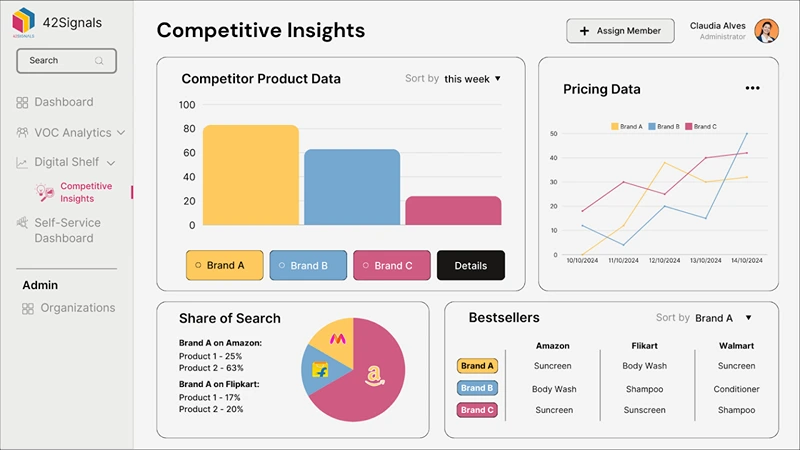
How to Use Price Tracking Strategically
Tools like 42Signals crawl competitor websites regularly, tracking price changes in real time. But here’s the kicker: It’s not just about copying their moves. It’s about spotting patterns.
Example Scenario:
- You sell coffee makers.
- Competitor Y slashes prices every Friday at 3 PM.
Your Move: Use tracking marketplace data to automate limited-time discounts every Thursday so that shoppers get a “sneak peek” deal, and you steal Competitor Y’s thunder. This approach, when timed well, can help boost sales as you’re competing with other brands at a similar price point.
Margin Protection: The Art of Saying “No”
Here’s a hard truth: You can’t price-match everything. Margin protection is about picking your battles as so many other costs have to be considered, such as raw materials, manufacturing, warehousing, shipping, employee costs, and much more.
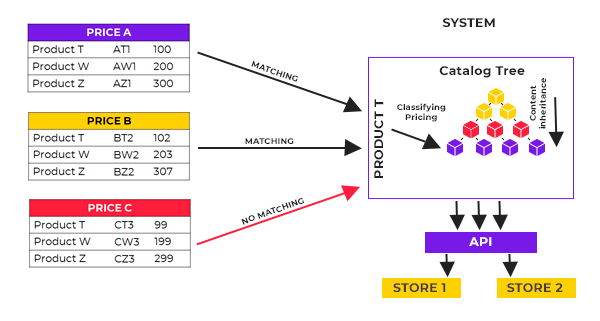
Real-World Example
You sell Bluetooth speakers. Your cost per unit is $50, and you sell them for $70. Competitor Z starts selling them for $60. If you match, your margin drops from 28% to 16%. This is a lot of money to lose out on when a brand is fairly new. Bigger brands can afford to lose money for several years as either that they are already profitable or have a lot of products raking in revenue.
How to Counter Without Matching
- Bundle the speaker with a $15 phone stand. The manufacturing cost of a phone stand can be fairly low compared to the speaker, but the markup to sell could be 3-4x of the costs incurred to make it. Using it as a bundling offer can help make the deal more appealing.
- Offer free shipping, which costs you $5, not $10. This is a very smart tactic because many customers are fine paying $50 for a product, but seeing a $10 shipping fee can deter the purchase. When these costs are factored into the cost of the item, they can make the purchase much easier, or even if a reduction in shipping costs (where the brand bears a chunk of the costs) can help the purchase of the item seem wonderful.
- Highlight your 24/7 customer support (a value Competitor Z lacks). When shoppers look at multiple similar feature products, they compare what’s different about them both. USPs like this can make the purchase easier as there’s clear value added to the purchase of this item over the competition.
Suddenly, the customer isn’t just buying a speaker—they’re buying convenience and peace of mind. You keep your margin, and they feel like they won.
The Competitor Analysis Dashboard: Helping with Price Matching

Ever seen those crime boards in detective shows? A competitor analysis dashboard is like that, but for pricing. It shows you all the details of the competitor’s pricing – costs, shipping, discounts – which allows you to make informed decisions.
Use It to Gain a Strategic Advantage
Tools like 42Signals compile data on competitors’ prices, promotions, and inventory. Here’s how to use it:
- Spot Trends: Competitor A discounts laptops during the back-to-school season. Plan your promotions earlier. Staying on top of these promotions can help you understand when to prioritize discounts to see more orders coming in.
- Identify Weaknesses: Competitor B has slow shipping. Push your “2-day delivery” messaging in ads. Shipping can be a consistent pain point for many shoppers as people have grown used to the convenience of same-day deliveries and instant fulfilment through quick commerce orders.
- Avoid Dumb Moves: Competitor C keeps price-matching you into the ground. Let them. Focus on what they can’t discount. It’s inevitable to have competitors copying your moves, so look at items that cannot be discounted beyond a certain amount. This will help you continue looking at your products and strategies rather than focusing on what competitors are up to.
Pro Tip: Set up Telegram alerts for instant updates. The second a competitor blinks, you’re already reacting.
Digital Shelf Analytics: Why Your Product Page Is a Goldmine

Digital shelf analytics sounds fancy, but it’s just code for “how your products look online.” With all the data points available online through analytics tools, understanding every aspect of why your products aren’t selling becomes much much easier.
Make Every Pixel Count
Are your photos crisp? Are reviews glowing? Is your “Add to Cart” button easy to find? Shoppers decide in seconds. Nobody wants to spend several minutes staring at product listings without finding what they need.
Real-World Hack:
Problem: Your competitor’s product page has 50 reviews; yours has 5.
Fix: Run a post-purchase email campaign: “Love your new blender? Get a $5 coupon for leaving a review!” This has helped several businesses build reviews consistently instead of not looking credible online. $5 for word-of-mouth marketing can be a good bargain in most cases.
More reviews = more trust = less pressure to compete on price alone.
Price Parity: The Silent Margin Killer
Price parity—keeping prices consistent across Amazon, Walmart, your website, etc.—sounds logical. But it’s a trap. Let’s say you sell a watch for $100 on your site. If Amazon forces you to match that price, you lose their 15% fee. Your margin plummets.
Workarounds:
- Exclusive Bundles: Sell the watch with a free engraving only on your site. This makes the item more valuable, personalized, and different from what others in the same space may be offering. The appeal of the product also suddenly increases as it’s a perfect gift item.
- Members-Only Deals: Offer discounts to email subscribers. Amazon can’t touch that and reduce profits. It also helps build a steady list of subscribers which can then be used in a number of different ways throughout the year.
You’re not breaking parity rules—you’re just making your site the better deal.
Telegram Alerts: Your Early-Warning System

Picture this: It’s 2 AM. Competitor X just dropped prices on air fryers. Your phone buzzes with a Telegram price alert. By sunrise, you’ve:
- Adjusted your price (but only by 5%, not 10%).
- Launched a Facebook ad: “Same price, but we’ll throw in free recipes!”
- Emailed loyal customers: “Your exclusive coupon is ready.”
This may sound like an extreme situation, but it can help you understand how to stay on top of everything promptly. No need to wait and wonder what could have been or how many sales have been lost to competitors.
Real-time alerts let you act fast but smartly. Instead of panic-matching, you’re outmaneuvering.
Putting It All Together: A Playbook for Real Retailers
- Track Competitors, Not Copy Them: Use tools like 42Signals to monitor prices, but focus on differentiating (bundles, loyalty perks).
- Protect Margins Like a Hawk: If matching a price guts your profit, say no—and sweeten the deal elsewhere. Think about bundling options, special subscriber discounts, and such.
- Leverage Data, Not Guesses: Dashboards and analytics turn chaos into strategy. Focus on what matters and don’t spend time gathering the data; instead, analyze it.
- Speed Wins: Telegram alerts let you react before the competition knows what hit them. It’s hard to constantly look at prices every hour, every day, so an alert only notifies you when it’s necessary to take action.
Final Word: Price Matching Isn’t About Being Cheap
Winning customers isn’t about having the lowest price. It’s about having the smartest strategy. Use competitor price tracking to stay informed, digital shelf analytics to polish your appeal, and margin protection tactics to keep profits healthy.
When done right, price matching isn’t a race to the bottom—it’s a way to build loyalty, outthink rivals, and keep your margins intact.
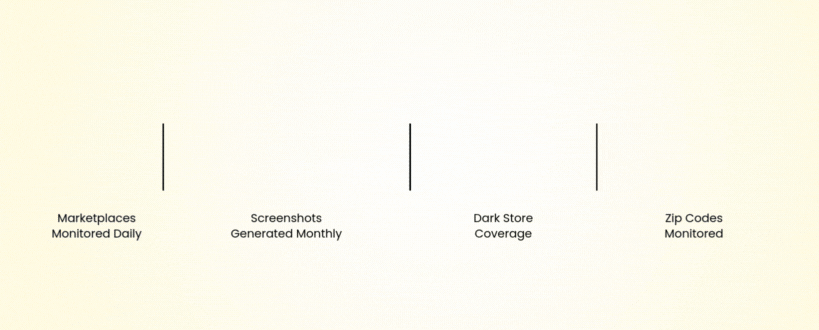
Try 42Signals for free today to understand how to stay on top of price matching.
